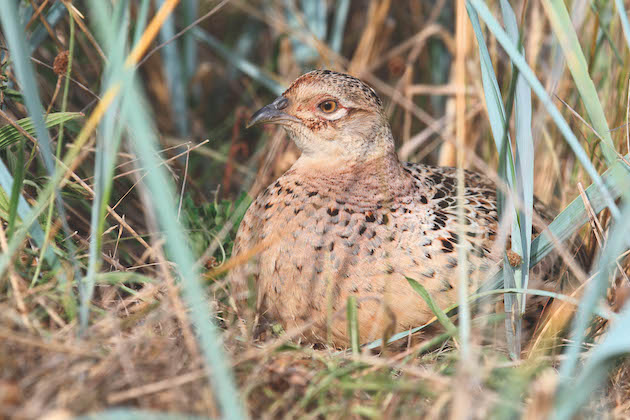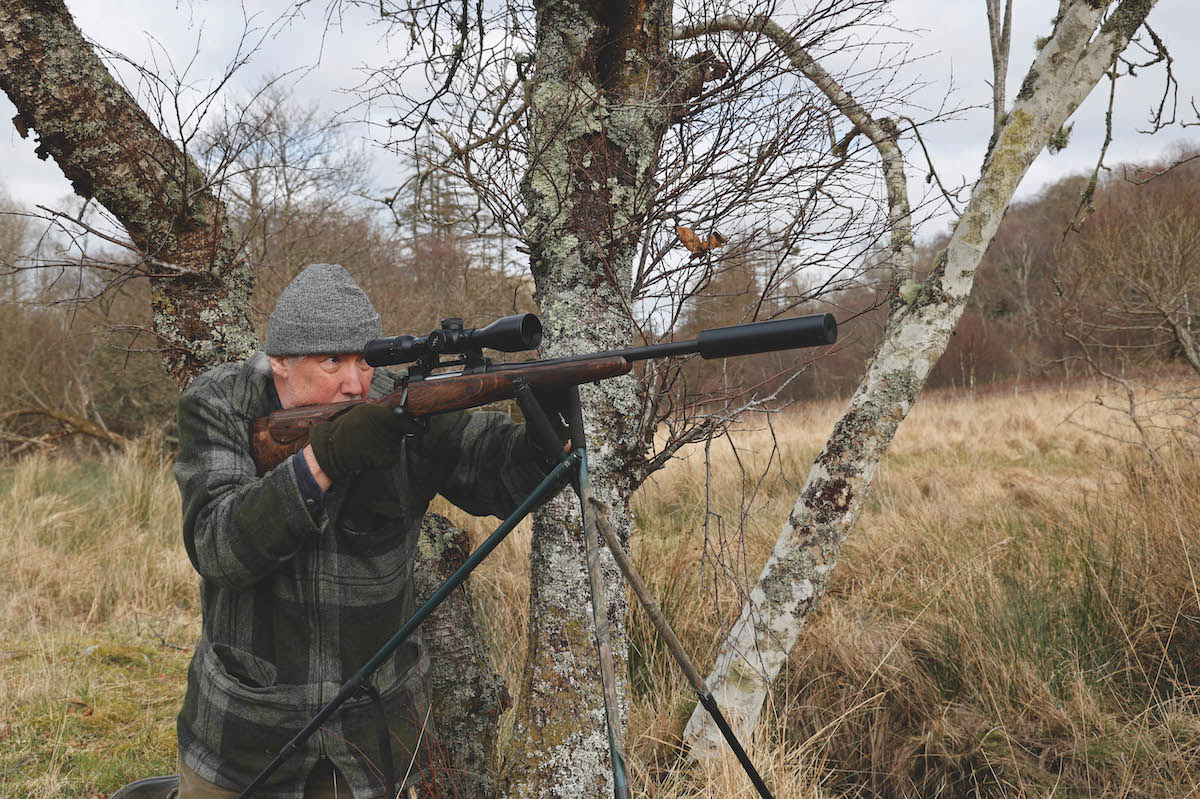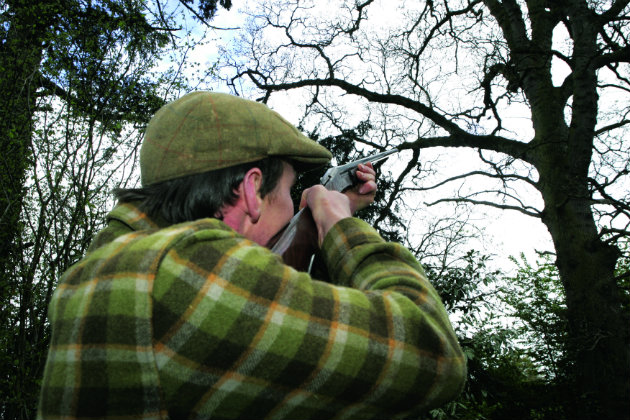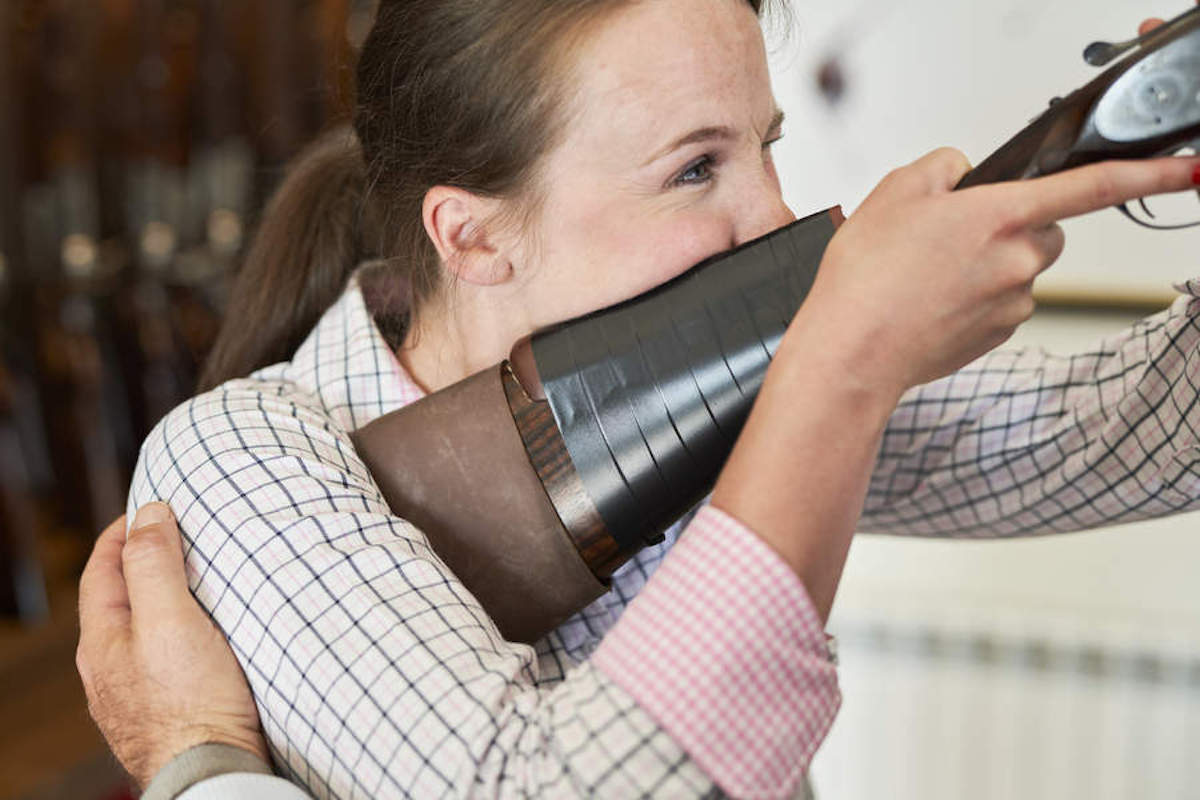Here’s why you should consider planting perennial cover crops
Moving away from using only annual cover crops is a way to reduce costs and workload on a shoot. Liam Bell looks at the options for Shooting Times.

An added advantage of perennial cover crops is the nesting and brood-rearing habitat they provide
The cost of planting and managing game and cover crops is ever increasing and we, along with many others, are slowly expanding the acreage we plant with permanent and semi-permanent crops.
The advantages of perennial cover crops
Not only do perennial cover crops reduce costs after the initial year of establishment, but they also offer an insurance policy of sorts against crop failures and take away a lot of the worry and stress associated with the planting and managing of annuals, such as maize.
We aren’t planting whole drives with perennial cover crops and nor would I recommend it, unless the area is too small to be worth the bother of getting the drill man in to plant what is left. But we are working towards planting maybe a third of a given area with something that will come year on year and which requires very little maintenance.
I think planting a third is about right for bigger crops. It is enough to get a drive out of if the worst happens and the rest of the crop fails, while it also leaves room for you to plant other things, which will add variety and increase a crop’s attractiveness to the birds.

Planting miscanthus on a shoot is a long-term investment, taking four or five years to reach full density
Reaping benefits
Planting less is fine and planting a few rows of something as a windbreak is still useful, but to get the full benefit and make some real savings, the blocks have to be big enough to hold birds in their own right.
They also have to provide something different, something that will be more attractive and appealing than the rest of the crop if the weather is windy, in the case of more open crops like maize and millet, or wet, if the rest of the crop is brassica-based and too thick or not tall enough for the birds to shelter in and under. Likewise, if there is a foot of snow that has laid everything else flat to the floor.
Another often-overlooked advantage of most perennials is their provision of nesting and brood-rearing habitat in spring and early summer. This is something that more conventional crops provide very little of, either because they have only recently been planted, lack height and offer no protection from the elements or from avian predators, or because they have been sprayed for weeds and insects such as flea beetles and there is nothing there for the chicks to eat.

Crops such as chicory and canary grass will last for several years
Making savings
The initial cost of preparing the ground and drilling is exactly the same. Seed costs are similar, unless you are planting artichokes or miscanthus and the cost of inputs and spray will again be the same because it is important the plants get off to a good start in their first year.
The monetary savings come in the following years, when all they will probably need in the way of management is a topping-off and leaving well alone.
The downsides to permanent crops — and by permanent, I mean crops that will last at least four or five years — is that they only provide cover. They don’t provide any real food value, other than insects early on, and adult birds and growing poults need so much more. You can, of course, spin food and trail feed in them and add as many hoppers as you need. It is simply that the plants themselves won’t produce any food worth mentioning. This in itself isn’t a bad thing as I am of the growing opinion that some crops, maize and cereals in particular, feed as many undesirables as they do pheasants and partridges.

Aerial view of conservation strips
Long-lasting options
Artichokes were virtually the only perennial plants being used as game cover 30 years ago and they still have their fans. They are quite expensive when compared with things like canary grass, but they do seem to last indefinitely. In fact, we have a belt of it running alongside one of our game crops that was probably planted about 30 years ago and it is still going strong now.
Planting is best done with an old-fashioned potato planter, but they are becoming increasingly rare. Another even simpler way is to drop them down the side of a plough and let it cover them over.
You can even scatter them across the area you want to plant, rotavate them in and follow along on foot, using a stick to push in any of the tubers that are still showing. You won’t get any row structure if you do it like this, but, in all honesty, unless you go to the trouble of re-rowing them every few years, you aren’t going to have any anyway.
They are pretty tough in terms of soil types, growing conditions and height above sea level, but they mustn’t be allowed to dry out and ideally need to be replanted within a few days of being dug up.
Miscanthus is the relatively new kid on the block and, like the artichokes, the rhizomes should ideally be planted 1m apart and in metre rows.
They usually throw up only a single shoot in their first year and it will take four or five years for the plants to become dense enough to act as a proper windbreak or thick enough to drive if it is a standalone crop. Planting miscanthus is a long-term investment, but if it is an important drive or you only have a few drives anyway, it is probably too long a time to wait for it to become established.
Canary grass, on the other hand, is cheap, easily grown and ready to drive birds from its second year. It won’t last indefinitely, but will certainly do four to five years and I have known it to do 10 years.
Again, it is best planted in wide rows and it will need a nursery crop of something like kale to provide additional cover for its first year, but once it is away, there isn’t a lot that can go wrong with it.
I know perennial cover crops won’t suit everyone and I have only briefly touched on three of them here, but they are definitely worth a look. That is especially the case if shoot funds are limited and you don’t have anyone living on-site or close enough to the site to be able to spend the time looking after annuals when they are first planted.








